
Please note that LearnSAP LLC is an independent training provider and is not affiliated with, endorsed by, or in any way officially connected with SAP.
A lot of people are weighing the cost and benefits of implementing or creating SAP organizational structure in HR (Human resources). I am one of them. I was asked in my company to plan an organizational structure as we had undergone a lot of changes.
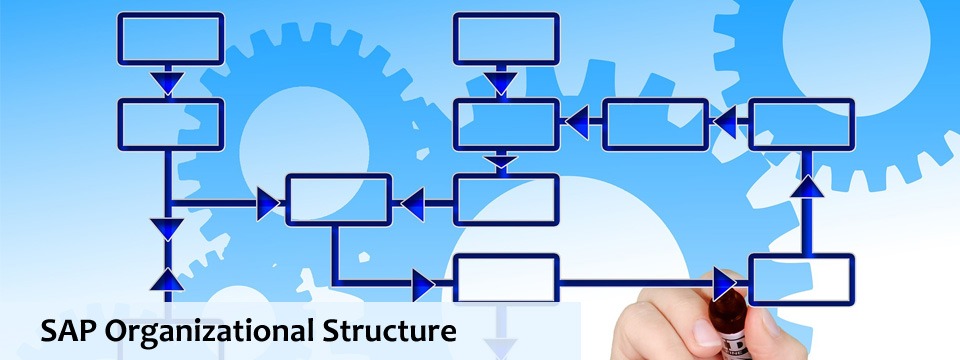
I wanted to do a good job with the organizational structure and started to look around for details to check if anyone had explained or created a simple easy to follow step-by-step roadmap. But it was a challenge to find all the information in one place.
So I am sharing my research with a hope that it will become a collective document with contributions from both beginners and advanced users.
Businesses can be be very complex organizations with many hundreds of thousands of people working in many different roles. In order to manage their resources effectively businesses must have clear organizational structures in place.
Organizational structures include a different relationships between people in an organization for example in some cases an employer might want to have a formal relationship between people in the organization or in others, or it might be more relaxed, this happens in everyday life too.
Different levels in a business are referred to as hierarchies. A hierarchy occurs where people are given positions that signifies their importance in the organization. All businesses have employees working at different levels of responsibility.
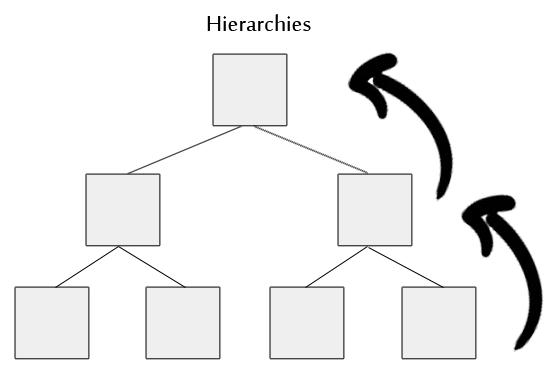
A business depends on its operatives to produce the products or services. Team leaders perform the day-to-day management role, with operational managers setting direction and strategy for the business as a whole. The number of employees in each level will depend on the business's organizational structure.
It is important to determine who takes responsibility for decision making, who reports to who and who takes the ownness of responsibilities. There are three typical organizational structures. They are known as hierarchical, flat and matrix.
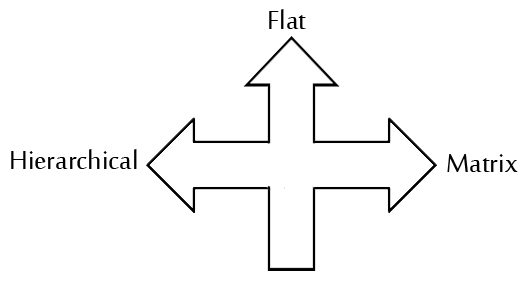
1. A hierarchical structure is typical in large companies where each level of employee reports upwards and each level has a narrow span of control. The downside of this type of structure is that it can often lead to significantly slower communication and decision making.
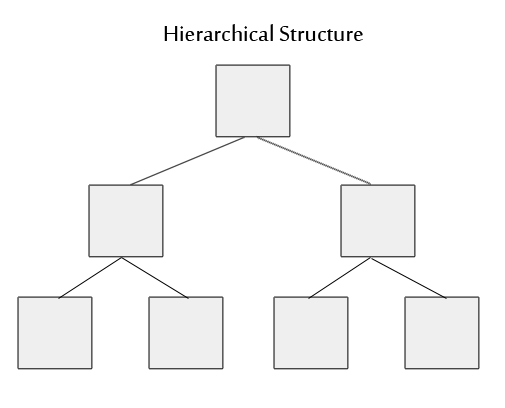
2. A flat organizational structure has much less levels of hierarchy and wider spans of control. This means employees at each level can communicate with managers more easily and quickly. However, this usually means that workers take more responsibility for decision-making. The benefits of this are that it may encourage a more dedicated and motivated workforce. Typically this type of structure is used in small businesses and startups. A benefit of this structure is that it allows the business to change rapidly to respond to the market, customers or competitors. However, this only applies if the staff are well trained and are actually capable of making the changes.
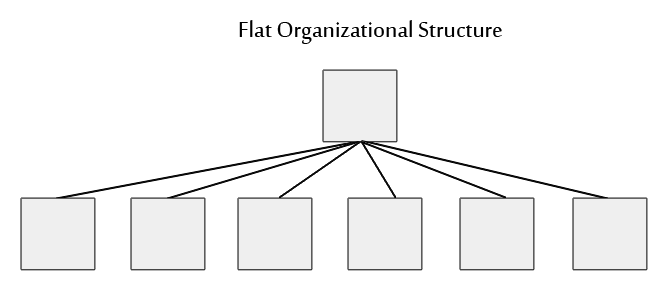
3. A matrix structure gathers employees who hold the relevant expertise in order to help the business to meet its goals. The people selected come from different levels and departments within the business. The structure can be used in both hierarchical and flat organizations and are typically used for specific projects. Individual team members may come from different parts of the business, regardless of their usual location in the hierarchy. Obviously once a project is over the matrix will be disbanded.
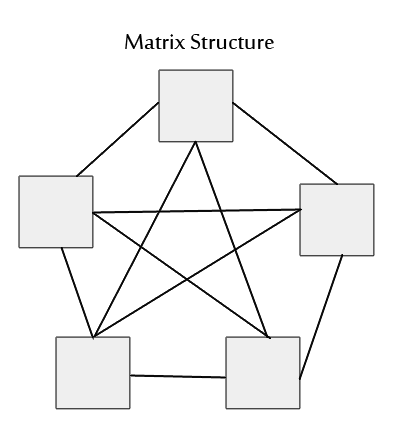
Click Here to go back to Articles page.